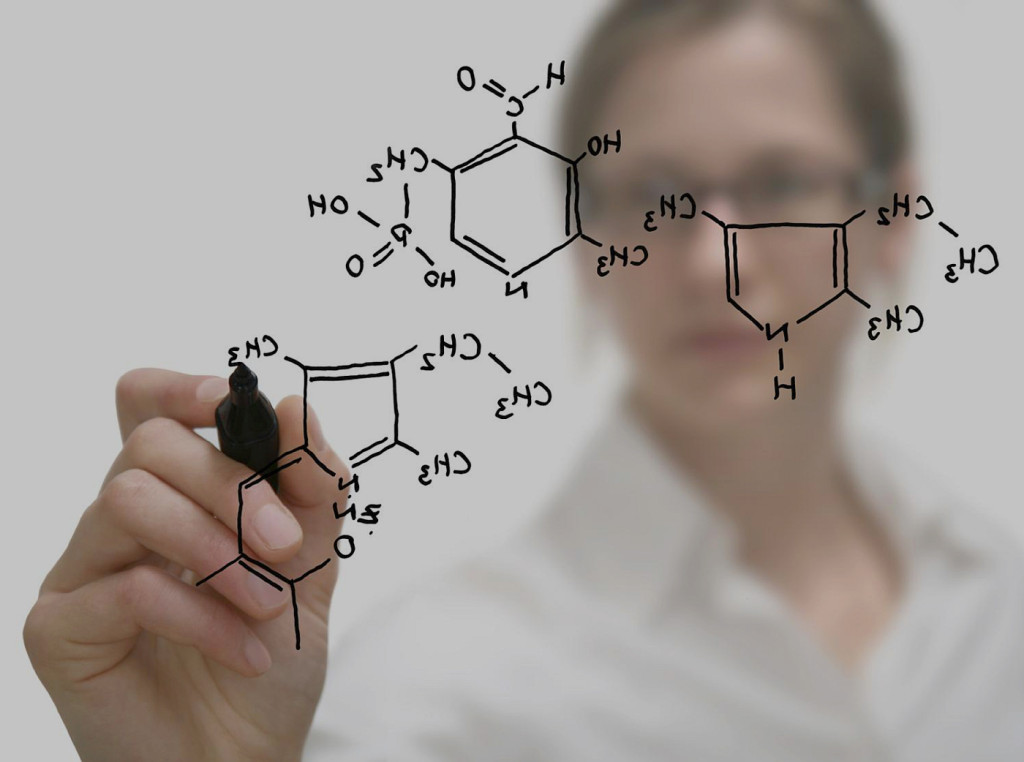
Prevention
Disease prevention, healing, and recover are the issues that The Hope Museum™ is built around. Most disease and injury, and the suffering they imparts, can be prevented. The museum will teach and demonstrate research based health habits that make a positive difference.
“Primary prevention” lowers the risk of the disease ever occurring. The Hope Museum will help its visitors understand how they can prevent disease. It is estimated that 70% of all cancer is related to diet and lifestyle. Simple and easy lifestyle modifications can reduce this risk. Many people do not realize that there are highly effective vaccines against certain common cancers.
As a science center, the museum will provide engaging demonstrations and interactive displays and activities demonstrating how the visitor can decrease the risk of disease and injury. Genetic testing will be explained and available to help people understand their risk for certain diseases such as cancer and Alzheimer’s disease, so that they can make early lifestyle changes to avoid these diseases.
“Secondary prevention,” the early detection and treatment of pathology, detect problems before they cause symptoms or injury. Once a problem is detected, secondary preventive measures can often avert or at least slow the progression of the problem. Examples of this are mammography for breast cancer screening and checking blood pressure to avert cardiovascular disease.
Even after a diagnosis of disease has occurred, suffering and disability may be avoided. “Tertiary prevention” refers to treatment of established disease to prevent further harm, disability, or death.
Primary prevention, however, does not end when disease is discovered. Those with early preclinical disease and established disease are those at highest risk. Smokers with lung cancer that quit smoking soon after the diagnosis survive twice as long as those who do not. Women who have been successfully treated for breast cancer are at very high risk of developing a new cancer, often starting in a different tissue.
Primary prevention works even after the diagnosis of cancer and other diseases. The Hope Museum will teach life-hacks of how to lower the risk of disease, how to prepare foods so that they that lower the risk of cancer, and mini-courses on what one can do to limit and reverse disease risk. The museum will provide games and interactive exhibits and activities to help the visitors understand and thus avoid risk of disease and injury.
The Hope Museum will explore with its visitors what they can do to lower their risks and preventive diseases and injuries form:
Breast, Ovarian and Other Cancer
Cardiovascular Disease and Stroke
Alzheimer’s Disease
Depression
Osteoporosis
Fibromyalgia and Irritable Bowel Syndrome
Accidents
Domestic Abuse
Learn how sleep affects cancer risk

